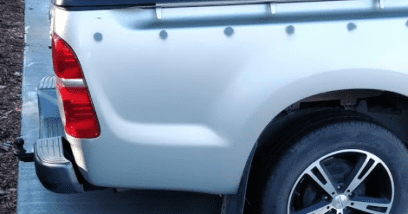
Accessing urban public buses
Most urban public buses are wheelchair accessible, but mobility scooters cannot generally be accommodated.
Buses will usually ‘kneel’ to meet the height of the curb, or be equipped with a ramp, to make getting on and off the bus easier. You’ll find priority seating in the front section of the bus. This area is provided for people with physical, sensory and cognitive impairments, including those accompanied by a service dog, senior citizens and pram users. However, it is expected that wheelchair users should have first priority in this space.
It’s important to know that if you need help getting out and about on public transport, you will need a friend or carer to accompany you — bus drivers are usually unable to provide additional assistance.
You can find more about accessible urban public transport, including links to regional public transport providers, on the New Zealand Transport Agency website.
Total Mobility scheme
If you are unable to travel safely on public transport, you may be eligible for subsidised taxi services. The Total Mobility scheme lets you use vouchers or an electronic card to receive a 75 per cent discount on normal taxi, or other specialist transport provider, fares (up to a maximum fare set by your local Total Mobility operator).
Total Mobility may be available if your disability prevents you from undertaking any one or more of the following parts of an unaccompanied journey by public transport in a safe and dignified manner:
- Get to the place where the transport departs.
- Get on to the transport.
- Ride securely.
- Get off the transport.
- Get to the final destination.
Read the user guide to Total Mobility on the New Zealand Transport Agency website for more information about how Total Mobility works. The user guide includes contact information for the Total Mobility operator and participating taxi companies in each region.
Check out this story about Barbara Tane from Life Unlimited (now known as Your Way | Kia Roha) who assesses people living in Hamilton city for eligibility to Total Mobility.
Long distance travel
If you are travelling long distances by bus, train, ferry or airline, it’s a good idea to contact your chosen transport provider to talk about your individual needs.
Ideally, you’ll want to make arrangements well in advance. This is especially important when accessible facilities such as dedicated wheelchair spaces are limited, or if you require a transport provider to arrange equipment such as a ramp, hoist or wheelchair so you can board the vehicle safely.
If you are flying with special mobility or medical equipment, such as a powered wheelchair or oxygen supply, you will also need to make arrangements with the airline in advance to make sure they can be carried safely.
For more information about accessible travel in New Zealand check out the Be.Lab website.





